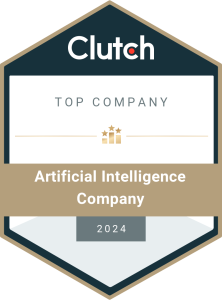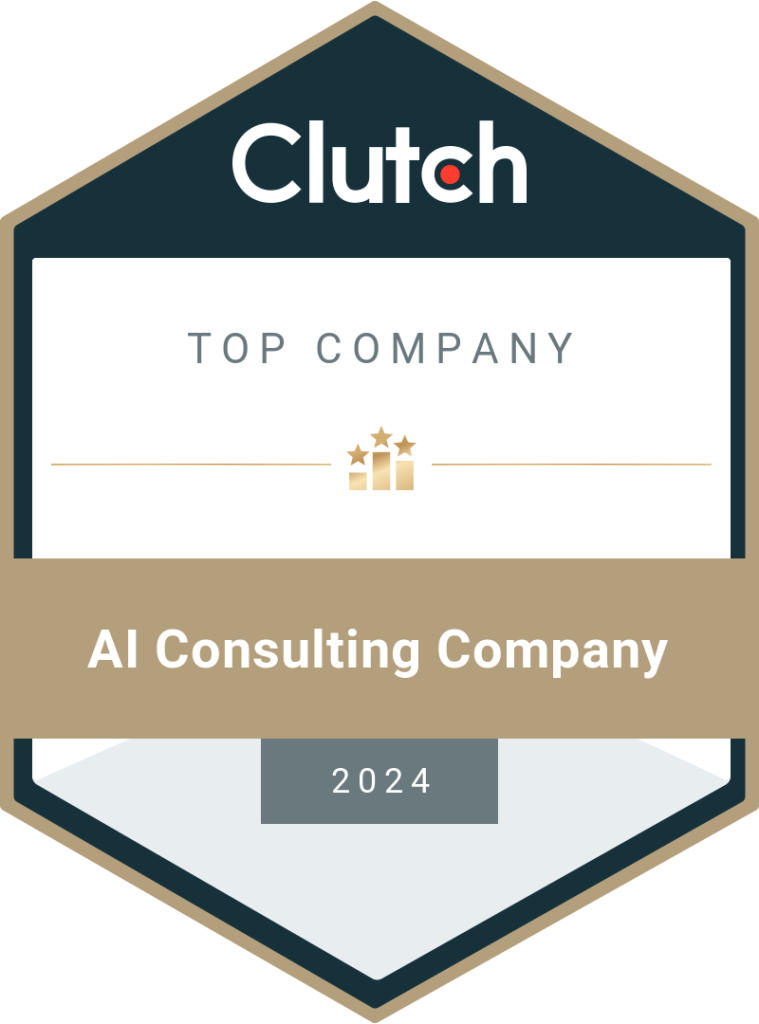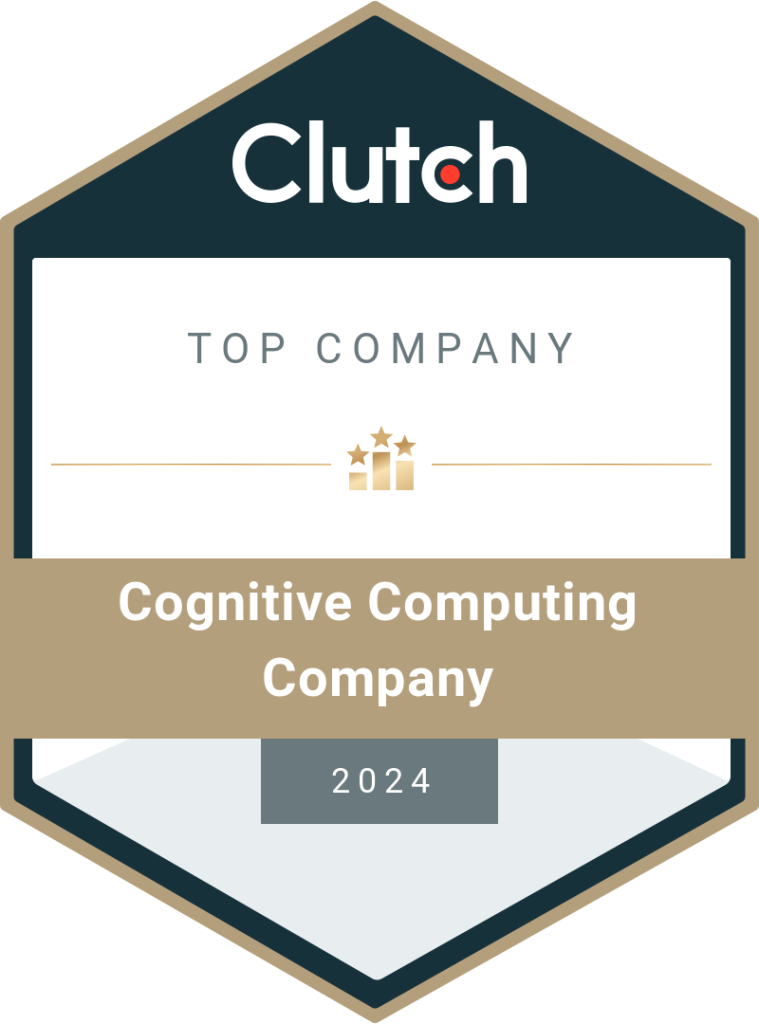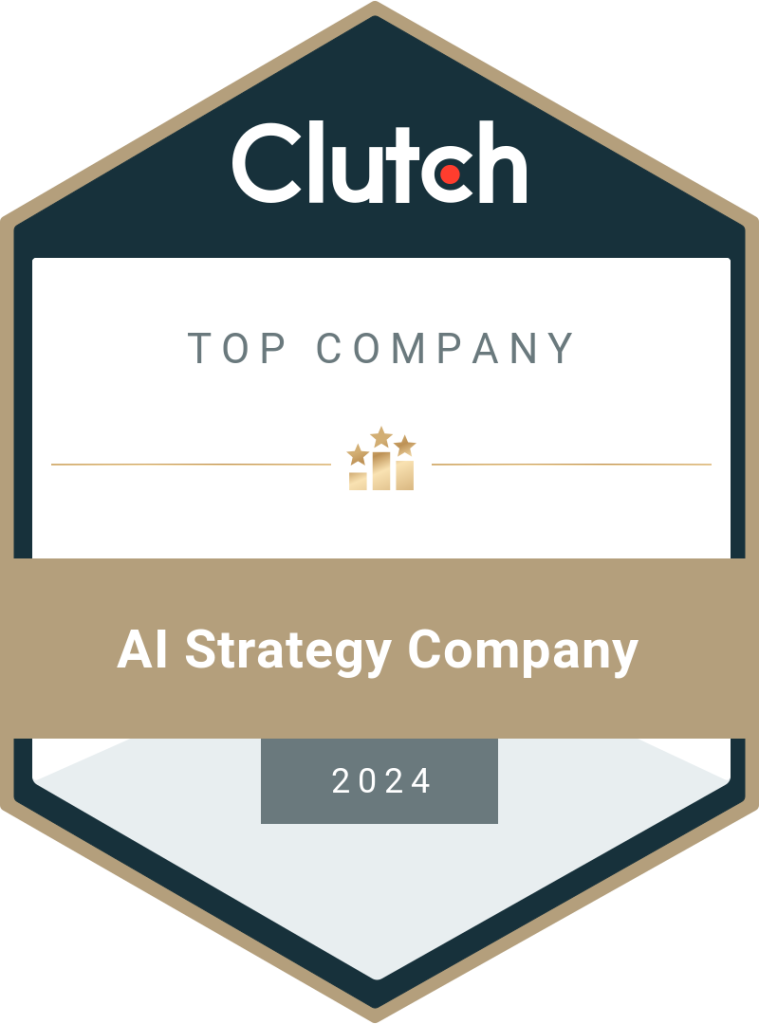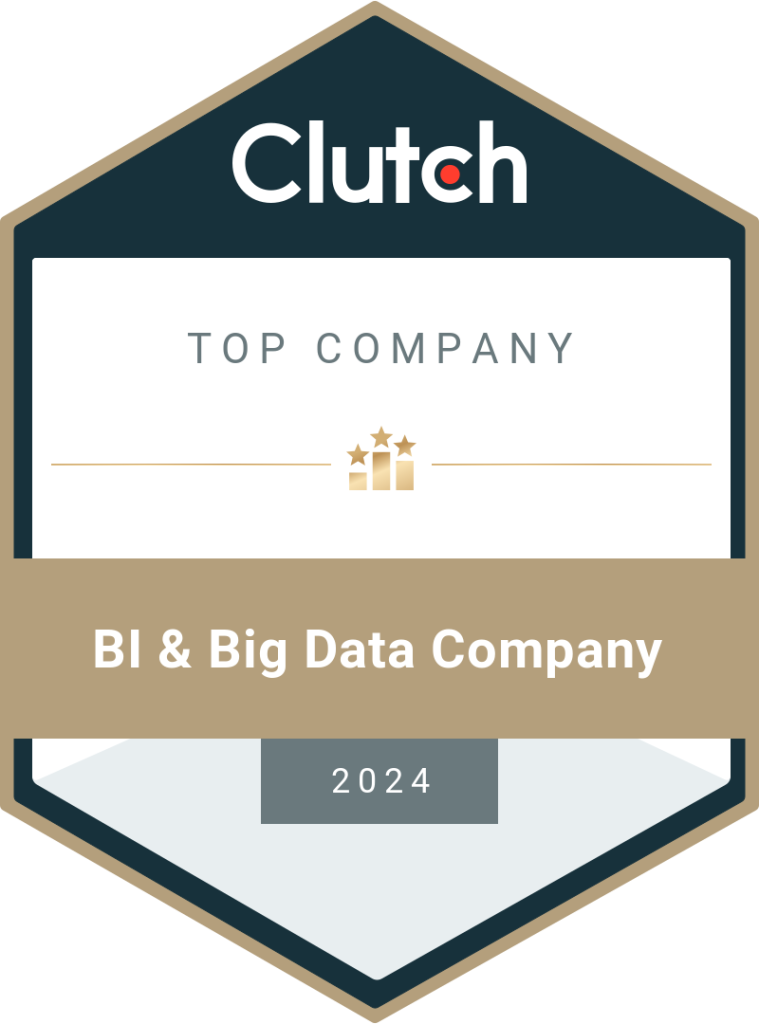Your 10 Step Guide to Data Domination in 2025
Data domination allows businesses to make informed and data-driven decisions using real-time actionable insights. Here, we’ll discuss the guide to data domination through tailored data engineering services for your business. Data domination is the process of streamlining and effectively managing datasets to benefit from the data-driven model and make proactive decisions. It is a blueprint to implement data engineering and management solutions in your enterprise. So does it mean data engineering necessary is in 2025? Absolutely! Statistics show that the global big data and data engineering market will be $75.55 billion in 2024 and expected to reach $169.9 billion by 2029 at a CAGR (compound annual growth rate) of 17.6%. It is evident data engineering services are not only necessary for 2025 but will continue to play a prominent role even afterward. Of course, data domination is easier said than done. You should consider many factors like data collection methods, data ingestion, safe and secure data storage, long-term maintenance, troubleshooting, etc. Not addressing these concerns can lead to failed data management systems. That would be counterproductive, isn’t it? Luckily, you can overcome these challenges and more by partnering with a reliable data engineering company. Hire experts from the field to mitigate risks and increase your success rate. Let’s check out the detailed guide to data domination in 2025. Before that, we’ll find out how to overcome the challenges in data engineering. Challenges for Data Domination and How to Overcome Them As per Gartner, poor data quality leads to a loss of $15 million annually for businesses around the world. Avoiding this and many other pitfalls is easy when you make informed decisions. By overcoming these challenges, you will be several steps closer to data domination and gain a competitive edge. Data Ingestion Data ingestion refers to feeding data from multiple sources into your systems. It is one of the initial steps of data engineering solutions. The data ingested is then cleaned, processed, and analyzed to derive insights. A few challenges you might face are as follows: These issues can be sorted by in-depth planning. Instead of immediately connecting the data sources to your systems, take time to identify the right sources and set up data validation and cleaning processes (ETL and ELT). Automate the process to save time and reduce the risk of human error. Determine your budget and long-term goals when deciding the data ingestion method. Migrate to cloud platforms for better infrastructure support. Data Integration Data integration depends on how well the various software solutions, applications, and tools used in your enterprise are connected to each other. Naturally, data will be in different formats and styles depending on the source. A few more challenges are listed below: For seamless data integration, you should first create a data flow blueprint. Then, identify software solutions that are not compatible with others (legacy systems) and modernize or replace them. Since you have to integrate different data types (structured, unstructured, and semi-structured), you should invest in data transformation tools. Azure data engineering services cover all these and more! Data Storage The biggest concern about data storage is scalability. With so much data being collected in real time, where will you store it? Moreover, how much can your data storage centers handle the load? What to do with old data? How hard will it be to retrieve data from the storage centers? Here are more challenges to consider: Choosing the wrong data storage model can adversely affect the entire data engineering pipeline. Migrating to cloud servers is an effective way to overcome these roadblocks. For example, Azure, AWS, or Google Cloud platforms offer flexible, scalable, and agile data warehousing solutions. You can set up a customized central data warehouse that can be upgraded whenever necessary. A data warehouse is capable of handling large datasets and can quickly respond to queries. Data Processing Traditional data processing tools cannot handle diverse data. They also cannot process large datasets quickly. Processing data from silos can lead to data duplication and reduce the accuracy of the results. There are more data processing concerns, such as: Modern problems require modern solutions. Instead of struggling with traditional tools, switch over to advanced technologies and AI-powered data processing tools. Similarly, data silos have to be replaced with a central data repository like a data warehouse or a data lake. Partnering with AWS data engineering companies will help you identify the right tools and technologies to process data in real time and share the insights with employees through customized data visualization dashboards. Data Security and Privacy Data brings more challenges with it. After all, you are using data that includes confidential information about your customers, target audiences, competitors, and others. How to ensure this data is safe from hackers? How to avoid lawsuits from others for using their data for your insights? Common data security concerns are: Data security should be included as a part of data warehousing services. Data encryption, data backup, disaster recovery management, authorized access to stakeholders, security surveillance, security patch management, and employee training (to create awareness about cyber threats), etc., are some ways to overcome these challenges. The service provider will also create a detailed data governance guide to provide the framework for regulatory compliance. 10-Step Guide to Data Domination in 2025 Step 1: Define Business Goals Always start at the beginning. Lay the foundations clearly and carefully. What do you want to achieve through data domination? How will your business improve through data engineering? What are your long-term objectives? Be detailed in defining the business goals so that your stakeholders and service providers understand the requirements. Step 2: Hiring a Data Engineering Company Data domination is not an easy task. It’s a multi-step and continuous process that requires expertise in different domains. While you can build a team from scratch by hiring data engineers, it is cost-effective and quick to hire data engineering or a data warehousing company. Make sure it offers end-to-end services and works remotely. Step 3: Create a Data Domination Strategy
Read More